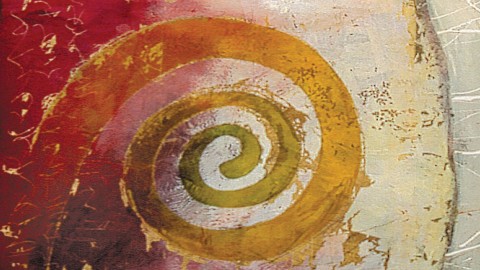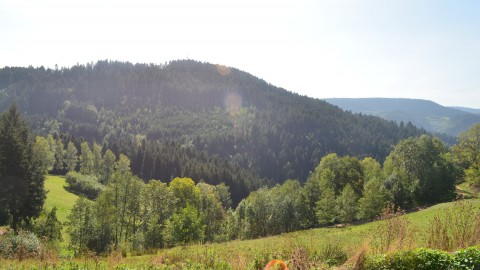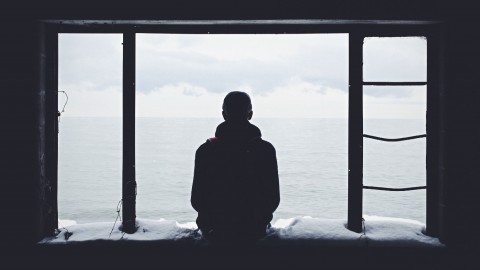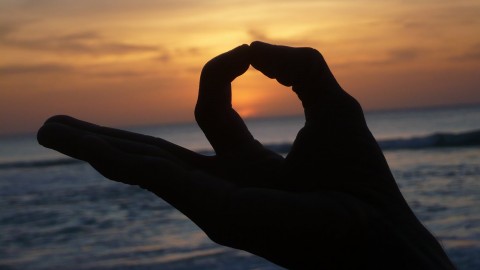Types And Usage
The long and colourful history of Silk
From antiquity until the present day, silk has dominated not only fashion, but also history and politics. From the ancient Confucian legend of princess Xi Ling Shi, to the resurrection of the ‘Silk Road’ with the first direct train from Yiwu, China to London, UK and back. And even now, in 2017, silk continues to have a special allure. Throughout the years it has been prized as a fabric for clothing and home furnishings.
Types of Silk
1. Brocade
Elaborate and rich fabric, initially woven with gold and silver threads
Sometimes adorned with precious and semiprecious stones and embroidery
Used in upholstery and draperies
2. Charmeuse (Silk Satin)
The silk we have in mind when we think of ‘traditional’ silk, also known as silk satin
3. Chiffon
Literal translation from French means “rag” – although in our context it’s far from it!
A light, matt fabric made from fine twisted yarns, spaced out to make the fabric transparent.
3. Crêpe de Chine
A lightweight fabric made by fibres, where part of them are twisted clockwise and others in a counter-clockwise direction. These fibres are then woven in a plain-weave fabric.
4. Dupion Silk
A strong double-thread silk, usually resulting in a rough yarn and irregularity in sheerness or weight.
5. Fuji Silk
Medium-weight fabric, woven from spun silk fibres.
6. Gauze Silk
Sheer, translucent fabric in loose open-weave Lightweight, lighter than chiffon and organza
A fine type of silk known as ‘gazzetta’ was imported in medieval Europe around the 13th century
Used for skirts and dresses.
7. Georgette
Fine, lightweight, plain weave fabric.
8. Habotai Silk
Also known as China silk.Used to line kimonos
8. Noil Silk
Known as ‘raw silk’
Made from the short fibres left after combing and carding, so it doesn’t shine like many other silk fabrics.
9. Organza Silk
Lightweight, sheer, thin, open-weave fabric with smooth, flat finish.
Used for veils and base for embellished fabrics
10.Silk Cashmere
A blend of the two luxury fabrics – pure silk and the fine wool that comes from the undercoat of the cashmere goat.
11. Silk Cotton
Difficult to weave together in order to keep the separate fibres from unraveling
12. Silk Wool
Pure wool on its own does not necessarily feel wonderful against your skin, but blending it with silk will create such a fabric.











